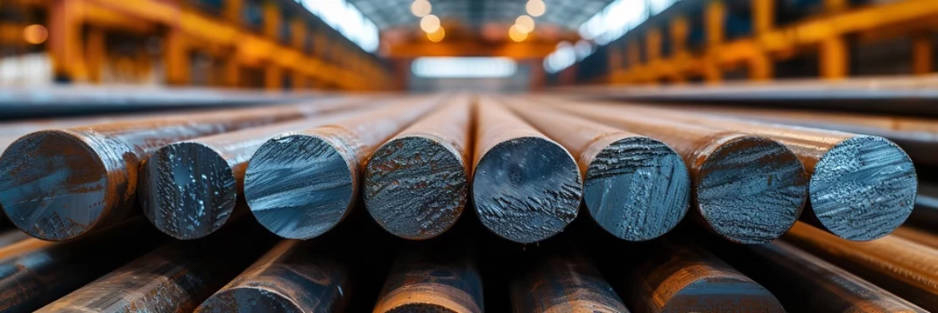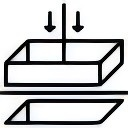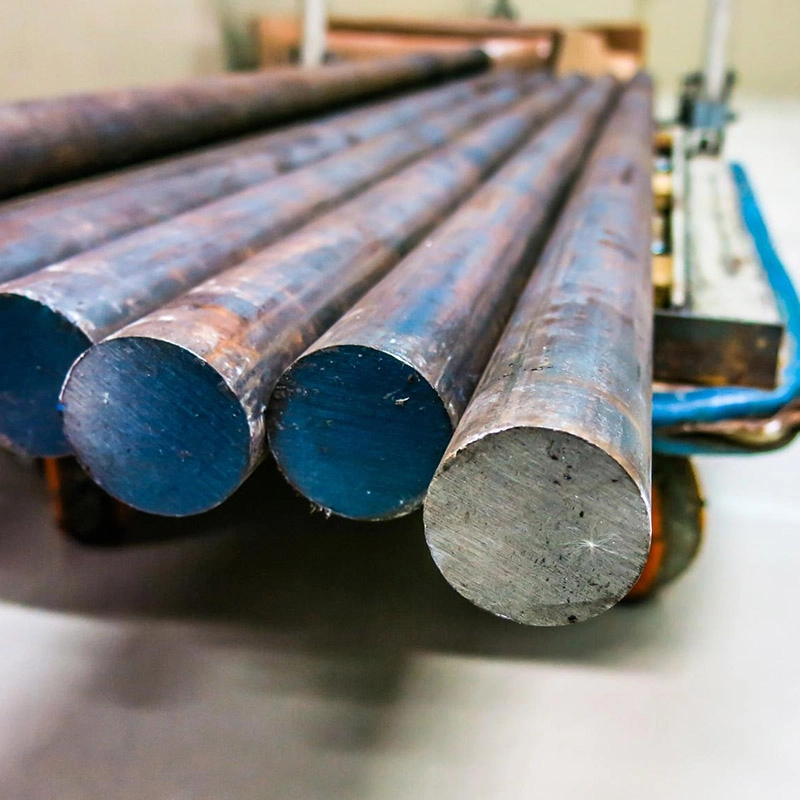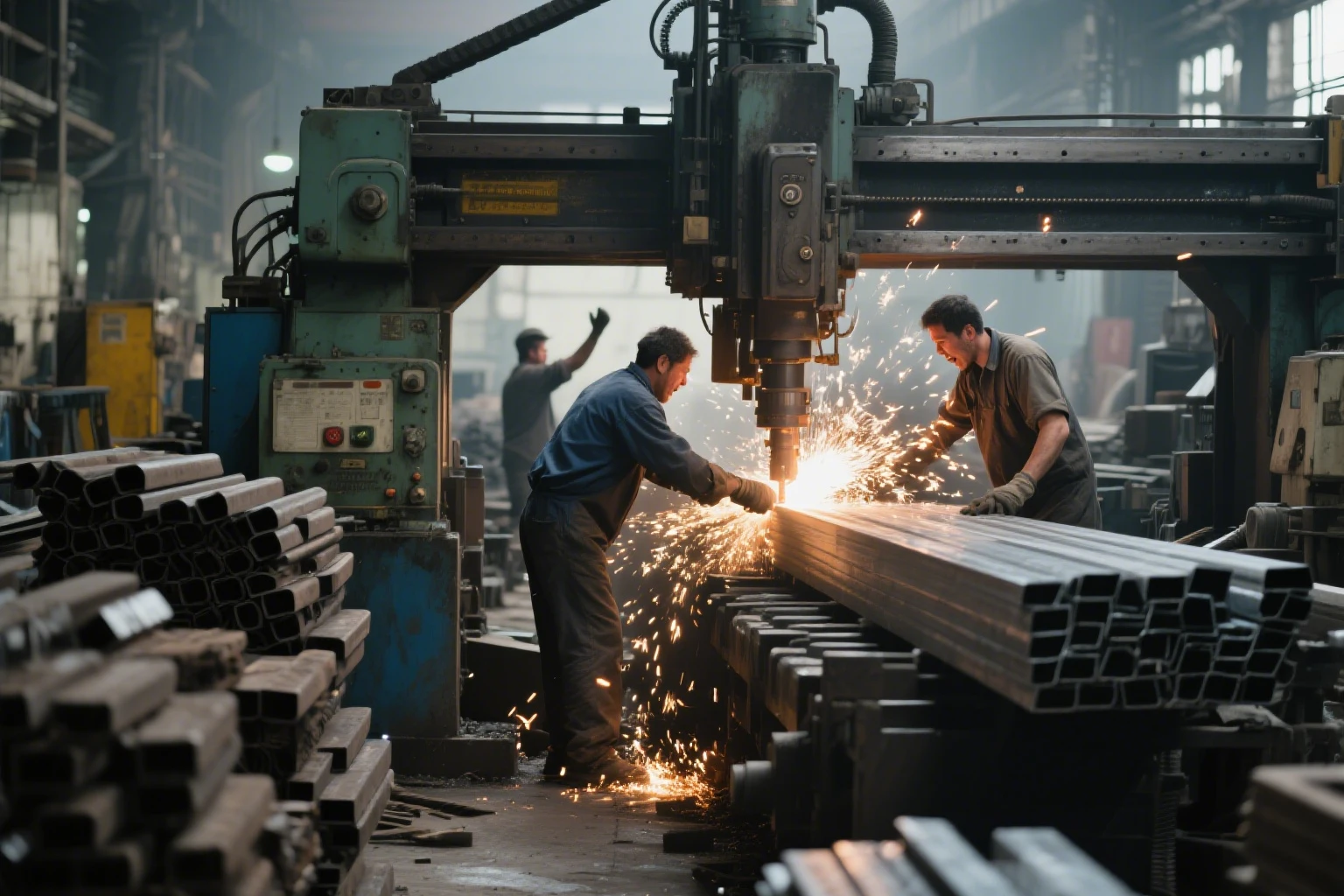Что такое высокоскоростная сталь инструмента?
Высокоскоростная инструментальная сталь (HSS) является передовым сплавным материалом, широко используемым при изготовлении точных режущих инструментов и промышленных штампов. Еще в 1898 году, Ф.В. Тейлор и М. Уайт придумал HSS, и он полностью встряхнул мир режущих инструментов. Это дало нам вещи, которые остаются острыми, даже когда горит горячим. Секретный соус? Термическая обработка. Это то, что делает HSS идеальным для жесткой работы на фабриках.
Как подготовить высокоскоростную сталь инструмента
Отжиг: отправная точка
Как отжиг?
Отжиг-это то, где все начинается для высокоскоростной инструментальная стальАНКЕТ Процесс отжига включает нагрев HSS до контролируемого температурного диапазона от 800 ° C до 900 ° C. Затем вы даете ему остыть красиво и медленно. Это делает инструмент стального материала более мягким и проще в работе. Это также убирает любое внутреннее напряжение. Как только он будет при правильной температуре, вы немного держите его там, чтобы тепло равномерно распространилось. После этого вы охладно охлаждаете его в печи.
Зачем беспокоиться о отжиге?
Отжиг делает некоторые замечательные вещи. Это делает сталь ветероком, чтобы разрезать или форму. Он также успокаивает внутренние напряжения, поэтому сталь не трескается позже и появляются хорошие свойства в разных приложенияхАНКЕТ Кроме того, он готовит сталь к большему количеству термообработков, давая ей красивую, ровную структуру внутри.
Утверждение: сделать это тяжелым
Как работает укрепление?
Утверждение усиливает микроструктуру стали, превращая ее в мартенсит для исключительной твердости и структурной целостности. Вы нагреваете его до действительно высокой температуры - подумайте 1180 ° C до 1240 ° C, в зависимости от того, что в стали. Затем вы быстро охлаждаете его гашением. Например, HSS на основе вольфрама необходимо гасить при сумасшедших высоких температурах, например, 1210–1240 ° C. Это быстрое прохлаждение превращает внутренности стали в нечто, называемое мартенситом. Это то, что делает это так тяжело.
Сохраняя тепло просто правильно
Вы должны прибить температуру во время упрочнения. Слишком жарко, а зерновые стали становятся слишком большими, что делает ее менее жесткой. Слишком круто, и это не превратится в мартенсит должным образом. После того, как вы пристально смотрите с микроскопом. Вы проверяете наличие стального материала для инструментов, такого как потерянный углерод или неровные биты. Это гарантирует, что нет крошечных отверстий или трещин, испорченных.
Удерживание: удар по балансу
Зачем погрузить сталь?
Приманка идет дальше. Это снимает край от хрупкости, сохраняя при этом сталь жестким. Цель состоит в том, чтобы получить правильное сочетание прочности и твердости для работы. Обычно вы нагреваете сталь три раза при 540 ° C до 560 ° C. Это нагревание на заднем сиденье оседает мартенсит и облегчает любое стресс от гашения.
Настройка запуска на работу
Изменение изменяется в зависимости от того, что вы делаете. Если вы создаете режущие инструменты, которые должны оставаться жесткими и жесткими при высоких температурах - например, до 500 ° C - вы идете с более высоким теплом. Это называется красной твердостью. Но для инструментов, которые не сталкиваются с таким большим напряжением, вы можете выразить при более низких температурах, чтобы сделать их более жесткими, а не супер жесткими.
By tweaking annealing, hardening, and tempering, high-speed tool steel becomes a rock star. These steps make it awesome at resisting wear and handling heat for things like cutting tools or precision parts.
Что может пойти не так с термообработкой?
Общие икоты
Теплообразование высокоскоростной инструментальной стали нелегко. Это требует мастерства и заботы. Все может пойти на юг, и это может испортить качество стали. Одна большая проблема - декарбурция. Именно тогда сталь теряет углерод на своей поверхности из -за высокого тепла и слишком большого количества кислорода вокруг. Вы должны держать это под контролем, чтобы избежать странных недостатков в стали.
Другая проблема - когда карбиды не распределены равномерно. Даже карбиды являются ключом к сохранению стали. Если они повсюду, вы получаете слабые места, которые ранит долговечность стали и устойчивость к износу.
Перегрев во время упрочнения может быть болью. Если сталь становится слишком горячей, ее зерна становятся слишком большими, и это не так сложно. Если это не достаточно жарко, он не превратится в Martensite правильно, что делает его слабее.
Угашение также может вызвать головные боли. Слишком быстро охлаждение может натянуть сталь, что приведет к трещинах или деформации. Плохое гашение также может связываться с красной твердостью, которая очень важна для инструментов, работающих в горячих условиях - подумайте 500 ° C.
После угашения вы можете заметить такие проблемы, как крошечные отверстия или хлопья. Они ослабляют сталь, поэтому вам нужны плотные проверки качества, чтобы поймать их.
Как исправить эти проблемы
Вот как решить эти проблемы:
Поддерживая декарбур
Используйте защитные атмосферы или вакуумные печи во время термической обработки. Они удерживают кислород и спасают углерод стали. Проверка с помощью микроскопа гарантирует, что едва ли есть декарбурская.
Равномерно распространяют карбиды
Управляйте, как быстро вы нагреваете и охладите во время отжига и упрочнения. Это помогает карбидам распространяться хорошо. Для высококачественных HSS вы хотите карбидов форму ниже 3-го класса. Такие трюки, как порошковая металлургия, также могут помочь, создавая более тонкие структуры.
Получение правильной температуры
Вам нужен точный контроль температуры. Например, HSS на основе вольфрама утоляется при 1210–1240 ° C. HSS на основе молибдена составляет 1180–1210 ° C. Более высокое гашение тепла может повысить красную твердость. Автоматизированные системы, которые смотрят температуру в режиме реального времени, поддерживают ситуацию.
Умнее гасить
Выберите среды для гашения, такие как масло или воздух в зависимости от стали. Медленное контролируемое охлаждение сокращает напряжение и останавливает трещины или деформацию. Удерживание после гашения помогает ослабить структуру и облегчить любое оставшееся стресс.
Повышение обработки поверхности
Обработки, такие как Nitriding или низкотемпературная цианификация, делают сталь-сопротивление износом. Они также помогают инструментам длиться дольше. Они затвердевают поверхность, не изменяя форму или размер стали.
Супер строгие проверки качества
Тесные проверки выявляют проблемы рано. Проверки микроскопа смотрят на потерю углерода и разброс карбида, чтобы убедиться, что сталь высочайшего качества.
С этими исправлениями производители могут решать проблемы термообработки. Это гарантирует, что высокоскоростная инструментальная сталь работает как чемпион для режущих инструментов и точных деталей.
Высокоскоростная инструментальная сталь-это изменение игры в производстве инструментов, предлагая непревзойденную сопротивление износу и тепловому напряжению. Получение правильно сводится к осторожной термообработке. Вы должны решить проблемы с умными движениями. Используя последние методы и супер строгие проверки качества, Romispecial® может заставить HSS сиять. Он идеально подходит для всего, от режущих инструментов до автомобильных деталей.
Если ваш бизнес хочет активизировать высокопроизводительные материалы, такие как HSS, объединитесь с romispecial®. Promispecial® специализируется на точных инструментах стальных решений, адаптированных для требовательных промышленных применений. Связаться с нами today to upgrade your tooling performance.
FAQ
Q: Каковы основные этапы высокоскоростной стали с теплоемкой обработкой?
A: Ключевыми шагами являются отжиг, затвердевание и отпуск. Отжиг смягчает сталь и уменьшает напряжение. Утверждение делает его сильным путем нагревания и быстрого охлаждения. Уравновешивание уравновешивает твердость с жесткостью в соответствии с конкретным использованием.
Q: Что делает отжиг для высокоскоростной стали для инструментов?
A: Отжиг нагревает сталь до 800 ° C - 900 ° C и медленно охлаждает ее. Это делает его более мягким и легче формировать, уменьшает внутренние напряжения, чтобы предотвратить растрескивание, и готовит его к дальнейшей обработке путем создания равномерной структуры.
Q: Как работает укрепление, и почему это большое дело?
A: Затвердевание нагревает сталь до 1180 ° C - 1240 ° C, затем быстро охлаждает ее при закалке. Это превращает структуру стали в мартенсит, что делает ее очень жестким и прочным. Это большое дело, потому что он дает HSS силу, необходимую для тяжелых задач.


























